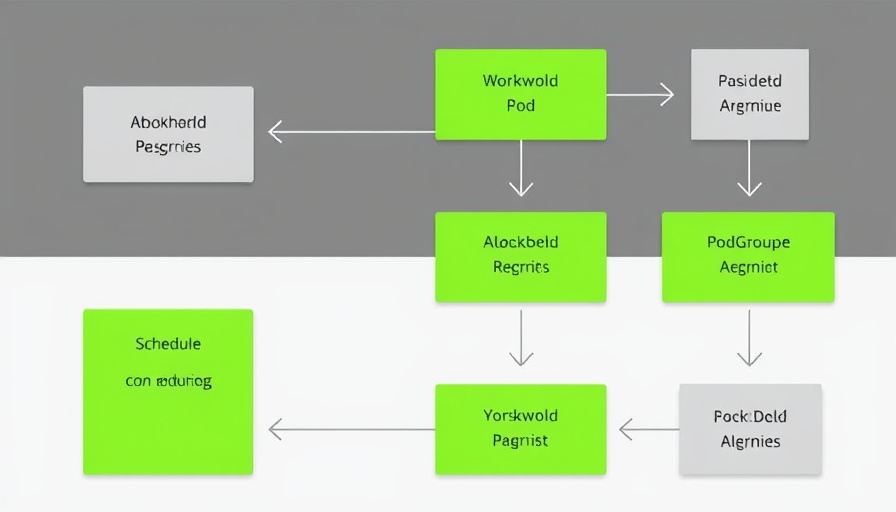
UAE Eyes Expansion in AI Hardware with Nvidia Chips
In an important diplomatic visit, Sheikh Tahnoon bin Zayed Al Nahyan, the United Arab Emirates (UAE) national security adviser, is scheduled to travel to the U.S. This visit aims to advocate for a significant increase in the UAE's capacity to purchase advanced artificial intelligence (AI) chips from Nvidia. This move comes at a time when the UAE is intensifying its focus on incorporating cutting-edge technology to bolster its economic and defense capabilities.
The Stakes Behind the Chip Acquisition
The request to obtain more Nvidia chips is not merely an economic endeavor; it embodies the UAE's ambitions in the AI landscape. Nvidia, a leader in AI accelerators, has developed technology critical to various applications ranging from autonomous vehicles to cybersecurity. With AI becoming essential across sectors, increased access to such technologies could enable the UAE to propel innovation and enhance security measures.
Context of Chip Exports and Geopolitical Trends
Importantly, the UAE's pursuit occurs against a backdrop of tightening export controls from the U.S. aimed at limiting advanced technologies' availability to specific nations, particularly regarding military applications. The implications are far-reaching, affecting not only the UAE's technological growth but also the global competitiveness of the semiconductor market. This dynamic showcases how geopolitical considerations are intertwined with technology acquisitions and can impact economic relationships.
Potential Benefits for the UAE's Industry and Innovation
Acquiring Nvidia chips can catalyze growth in UAE's technology sector, fostering an ecosystem for startups and established firms to innovate. An ecosystem fueled by robust AI capabilities can streamline urban management, optimize resource allocation, and enhance public safety through smart technologies. The UAE's ambition to be a tech hub in the region aligns with national visions, indicating a commitment to future-proofing its economy.
What This Means for the Global Tech Landscape
This advocacy for expanded chip purchases also signals a shift in the global tech landscape. Countries like the UAE represent emerging markets eager to play pivotal roles in innovation while navigating traditional power dynamics involving established countries like the U.S. Greater flexibility in export policies can potentially lead to collaborations that enhance technological advancements and boost economic ties worldwide.
Future Insights: Collaborative Potential or Increased Tension?
The outcome of Sheikh Tahnoon's discussions will be closely watched. Will these negotiations lead to an easing of restrictions, or will they reinforce existing tensions regarding technology transfer? As countries increasingly vie for dominance in AI, the decisions made in this meeting may not only impact bilateral relations but also reshape the competitive landscape of technology development.
The UAE's strategic positioning could serve as a model for other nations seeking access to advanced technologies. Should these discussions yield positive results, increased investments and partnerships could foster a more collaborative global environment focused on innovation.
The pursuit of AI technologies is a rapidly evolving narrative, intertwined with economic interests and geopolitical strategy. The world will be observing as the UAE navigates this complex landscape on its journey to becoming a leader in artificial intelligence.
For AI enthusiasts looking to stay ahead of the curve, understanding these dynamics is crucial. The technological race is not just about hardware; it’s about who controls the future of innovation. Be sure to keep an eye on upcoming developments in this space.
 Add Row
Add Row  Add
Add 




 Add Row
Add Row  Add
Add 

Write A Comment